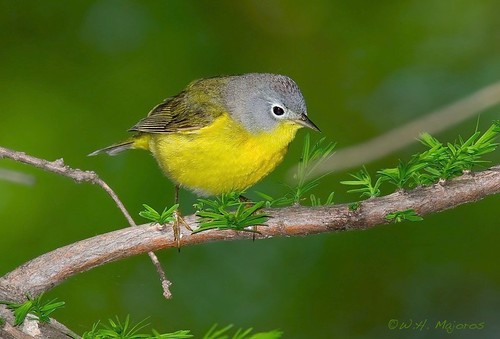Nashvillian in name only

We recently added a few new wood-warblers to Birdorable, including the Nashville Warbler. Nashville Warblers are one of the more widespread North American warblers, migrating through much of the United States from their breeding grounds in southern Canada to their wintering grounds in Central America. Although named for the city where they were first noted for science, Nashville Warblers do not breed in Nashville - they only pass through during migration. Nashville Warblers are relatively easy to identify; although their grey-olive top and yellow bottom plumage is similar to the Tennessee and Orange-crowned Warblers, Nashvilles have prominent white eyerings which the others lack. Adult males also have an orange patch at the top of the head which is not always visible in the field, even though it's clear to see on our Birdorable. Have you ever seen a Nashville Warbler?







Comments
Leave a comment
Thank you!